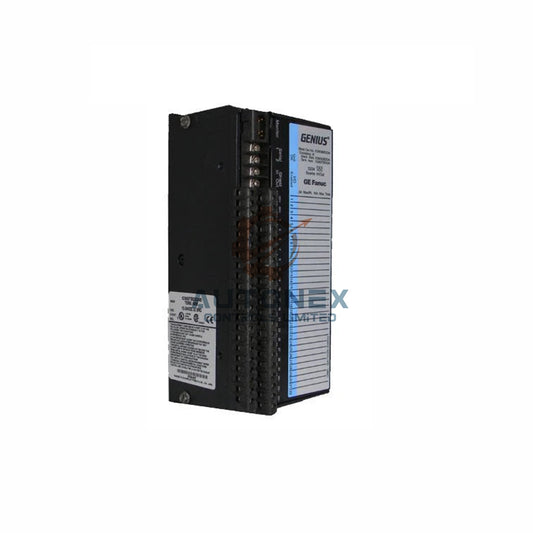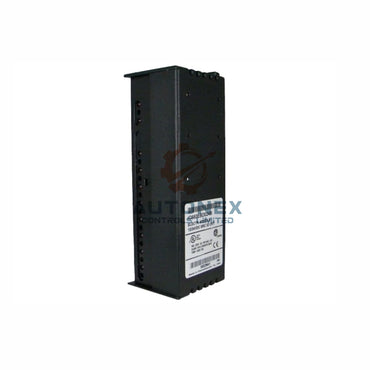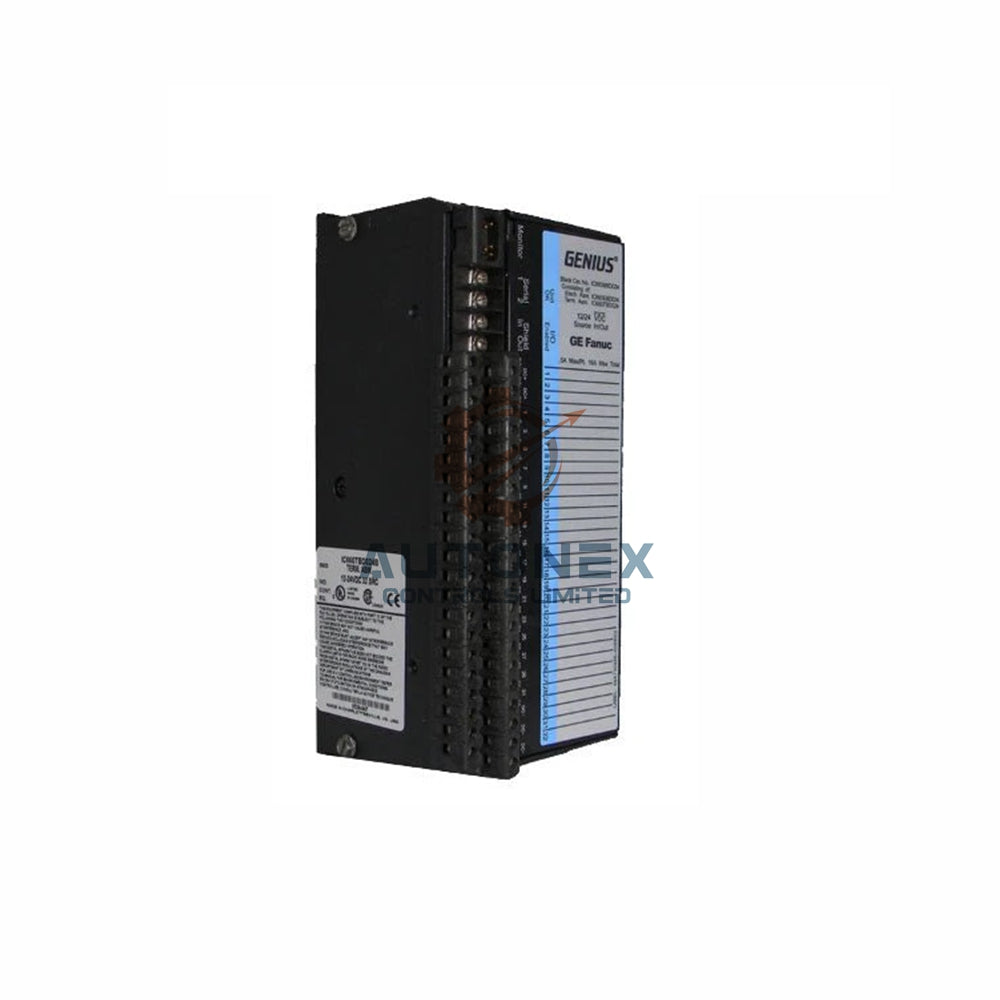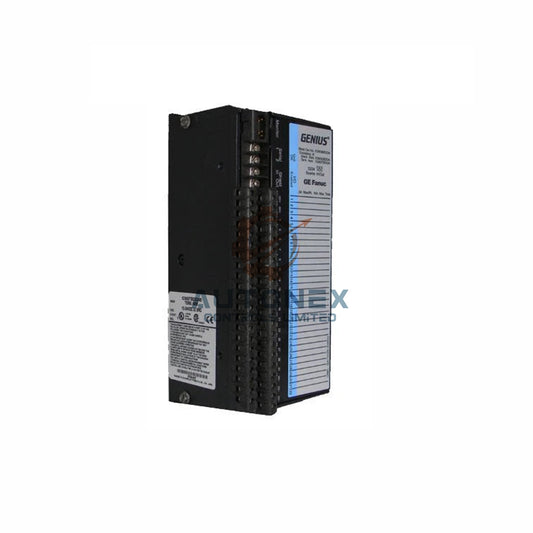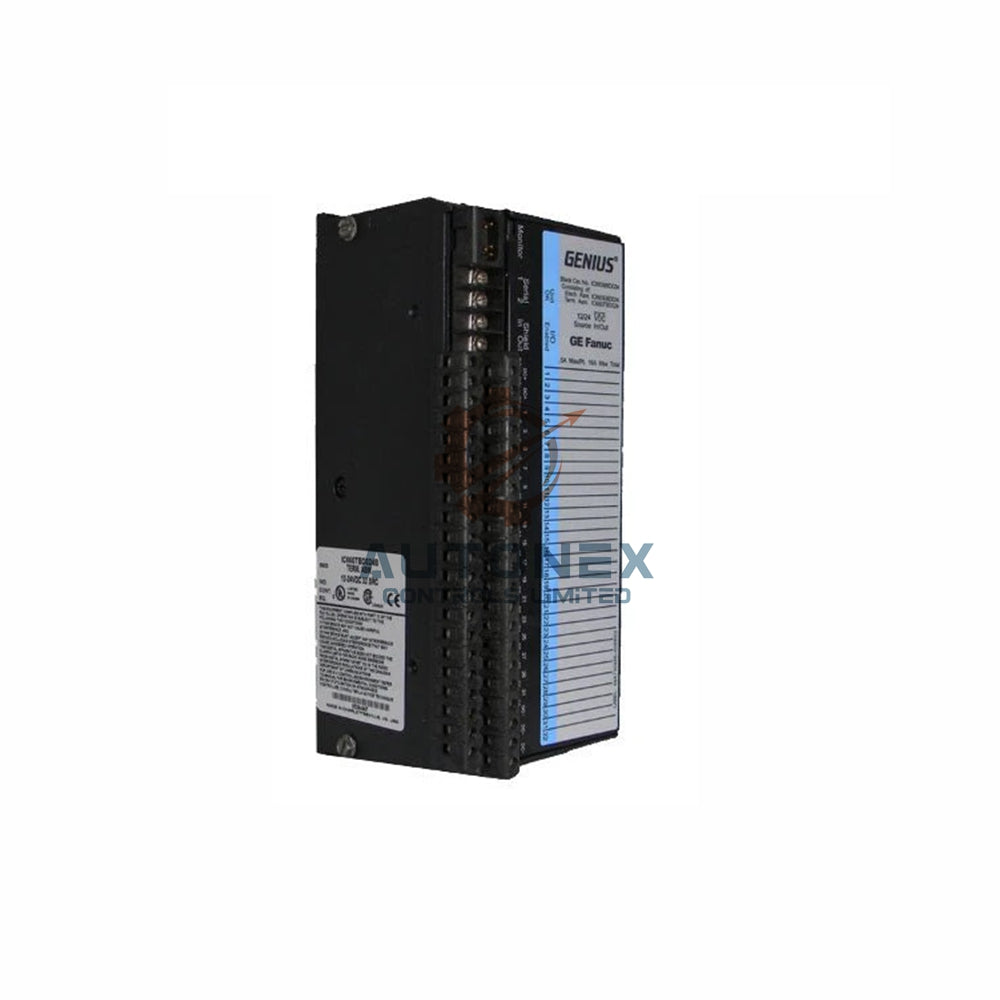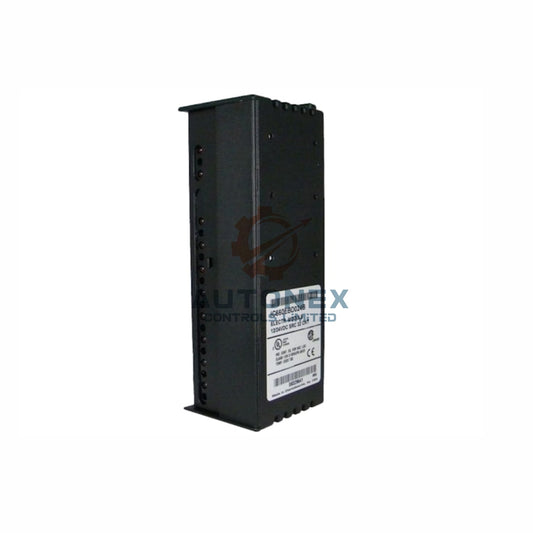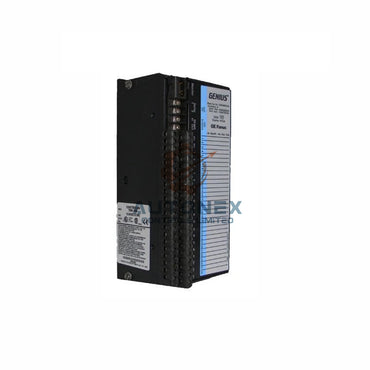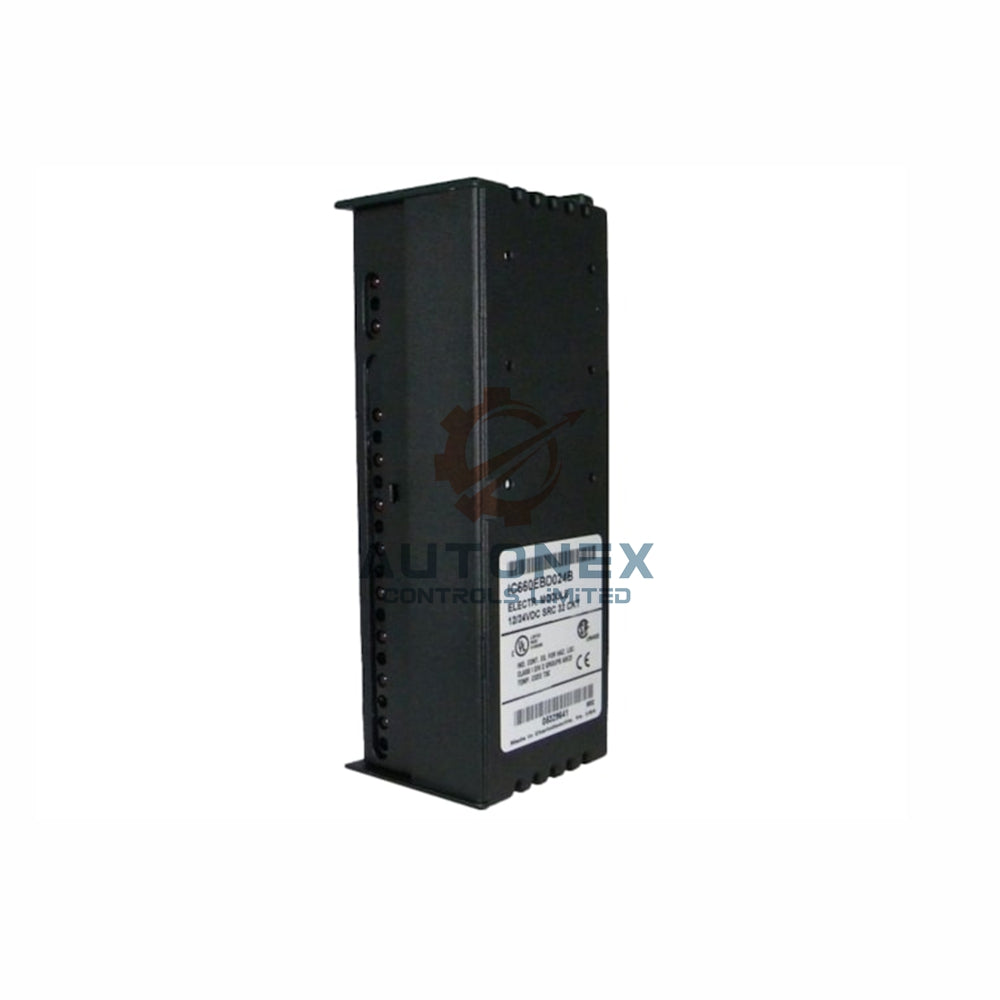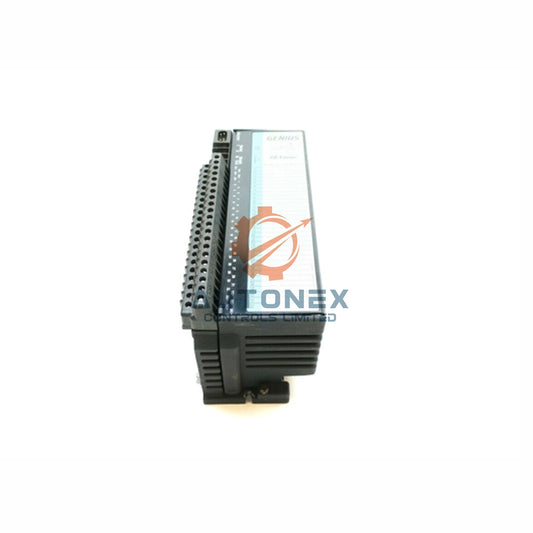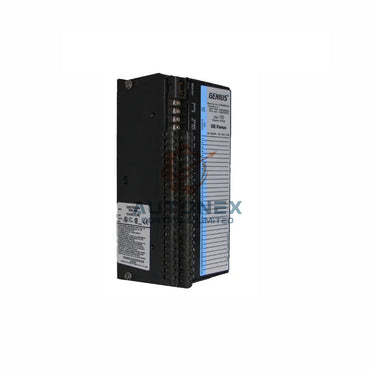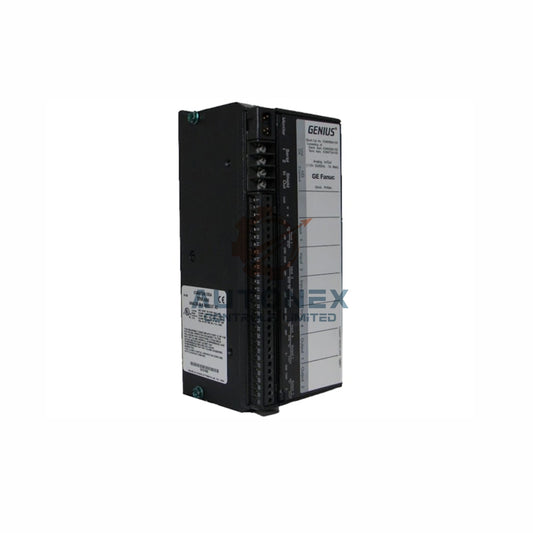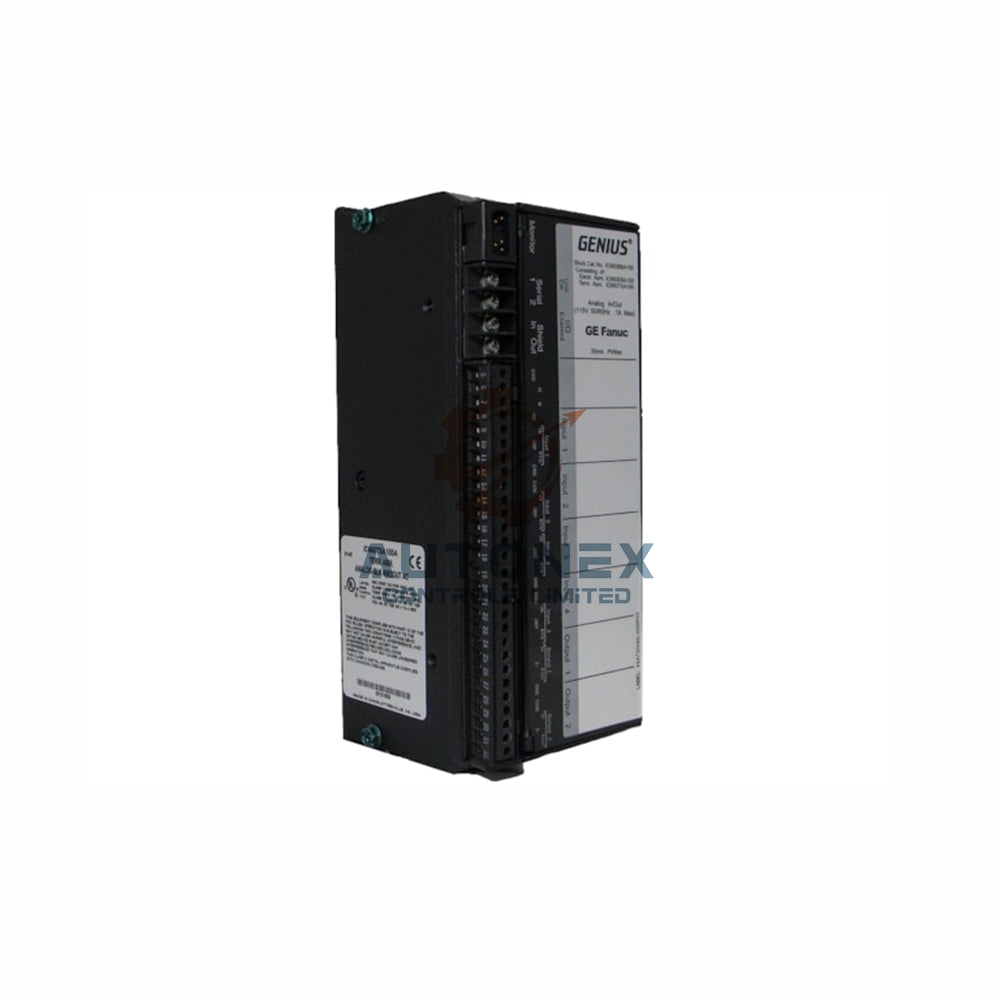Next-Gen Industrial Automation: Integrating PLC and DCS with IIoT for Maximum Efficiency
The Evolution of Industrial Control Systems
Traditional automation systems are becoming inadequate. However, IIoT solutions offer 40% better data utilization. Therefore, plants must adapt to stay competitive.
Quantifying Limitations in Legacy Systems
Research shows outdated PLC systems cause 15% productivity loss. Moreover, they require 25% more maintenance hours. These issues significantly impact profitability.

IIoT Impact: Measurable Benefits in Automation
IIoT integration reduces downtime by up to 35%. Additionally, it improves energy efficiency by 20%. These numbers demonstrate clear operational advantages.
Building Blocks of Modern Control Architecture
Modern systems need 99.9% network reliability. Furthermore, they require real-time processing under 50ms. These specifications ensure optimal performance.
Implementation Roadmap with Key Metrics
Start with a 30-day system assessment. Then, deploy sensors achieving 95% data accuracy. Finally, train staff using standardized certification programs.
Case Study: Automotive Manufacturer Success
A BMW plant implemented IIoT-enabled PLCs. Consequently, production increased by 22%. Maintenance costs also dropped by 28% annually.
Future Trends: AI and Machine Learning Integration
AI algorithms can predict failures with 92% accuracy. Meanwhile, machine learning optimizes workflows continuously. These technologies represent the next frontier.
Conclusion: Strategic Implementation for Maximum ROI
Modern automation delivers 150% ROI within 24 months. Therefore, strategic upgrades are crucial. Begin your digital transformation today.
Frequently Asked Questions
What ROI can companies expect from IIoT automation?
Most enterprises achieve 100-200% ROI within 2 years through reduced downtime and better resource utilization.
How quickly can plants implement IIoT systems?
Basic implementation takes 3-6 months. However, full integration typically requires 12-18 months for optimal results.

What data accuracy do modern sensors provide?
High-quality sensors now deliver 95-99% data accuracy. This enables reliable predictive maintenance.
Which industries show the fastest IIoT adoption?
Automotive and pharmaceutical sectors lead with 60% adoption rates. Energy and food processing follow closely.
How does IIoT impact workforce requirements?
It reduces manual monitoring by 40% but increases demand for data analysts by 25%.


